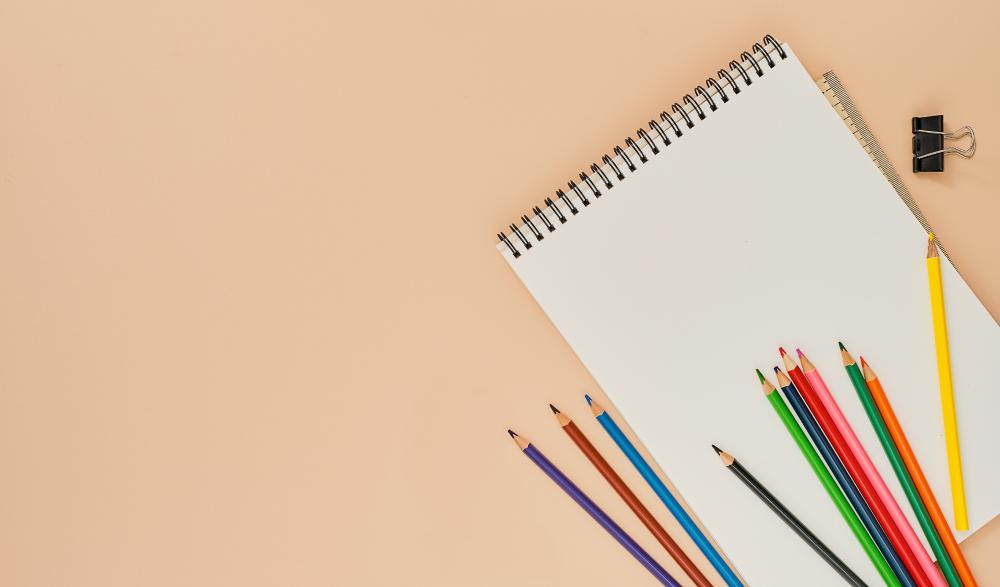
Introduction to the Bullet Journal Method
Welcome to Brainydoo, where we embrace the transformative power of journaling through our exclusive product, LifeMap. As we delve into the world of the bullet journal, a unique system that marries mindfulness with productivity, we invite you to explore how this approach can complement your journey with LifeMap.
What is a Bullet Journal?
The bullet journal is more than just a notebook. It’s a methodical system designed to help individuals organize their thoughts, tasks, and ambitions in a coherent and flexible manner. At its core, the bullet journal utilizes bullet points as the main organizational structure, which allows for rapid logging of information. This method is incredibly adaptable, capable of functioning as a to-do list, sketchbook, diary, or all of the above.
The LifeMap Connection
At Brainydoo, we see the bullet journal as a beautiful complement to our LifeMap tool. While LifeMap provides daily AI prompts for deep reflection across various life areas, incorporating a bullet journal can offer a tangible space for these reflections. It’s a physical counterpart to the digital insights, enriching the self-discovery journey with the personalized touch of handwriting.
The Foundation of Bullet Journaling
Getting Started
Embarking on a bullet journal journey starts with a blank notebook but evolves into a personalized organizational system. Selecting a notebook that resonates with you is the first step, followed by understanding the basic structure of the bullet journal–index, future log, monthly log, and daily log.
Key Components
The bullet journal’s magic lies in its simplicity and flexibility. Key components include the index for easy navigation, the future log for long-term planning, and monthly and daily logs for more immediate tasks and thoughts. Custom collections, such as lists of books to read or mindfulness goals, further tailor the experience.
Integrating Bullet Journal with LifeMap
Combining the bullet journal method with LifeMap presents a complete system for personal growth and productivity. Use your bullet journal to extend on the prompts from LifeMap, translating digital reflections into actionable plans and trackers in your notebook. This physical act of writing can deepen the processing of your reflective insights, making them more impactful.
Personal Stories of Transformation
Many who have started their bullet journal journey with Brainydoo have discovered a powerful ally in navigating life’s complexities. Aileen Yildiz, a dedicated user, shared how the bullet journal became her space for clarity and peace amid a bustling student life. Miriam Schäfer, a passionate yoga teacher, found that her bullet journal was the perfect tool to complement her spiritual and professional paths, providing a structure to her expansive thoughts and ideas.
Why Bullet Journal?
The bullet journal is more than an organizational tool; it’s a mindfulness practice that encourages living intentionally. In today’s digital age, taking the time to physically jot down your thoughts, plans, and reflections offers a much-needed respite, allowing for a deeper connection with oneself.
Tips for Successful Journaling
Success with bullet journaling, much like with LifeMap, comes from consistency and personalization. Here are a few tips to make the most of your bullet journal:
- Start simple. Don’t worry about making your journal aesthetically pleasing from the start. Focus on functionality.
- Experiment with different layouts and modules to find what best supports your needs and preferences.
- Reflect regularly. Set aside time each week to review your entries, celebrate achievements, and adjust goals as needed.
Conclusion
The bullet journal, with its unique blend of structure and flexibility, offers an unparalleled tool for organizing one’s life, fostering mindfulness, and pursuing personal growth. When harmonized with LifeMap, it provides a comprehensive system that supports all aspects of well-being. At Brainydoo, we are committed to offering tools that empower our community members to lead more organized, reflective, and fulfilling lives. Embrace the journey with both a bullet journal and LifeMap, and discover the profound impact they can have together.

What is in a Bullet Journal?
At its heart, a bullet journal is an adaptable system designed to track past, organize present, and plan for future tasks and events in a way that is both flexible and structured. It prominently features an index for easy navigation, a future log for long-term planning, and monthly and daily logs for immediate tasks and reflections. Beyond these core elements, a bullet journal can also house custom collections, such as reading lists or mindfulness goals, making it uniquely personal. Imagine it as a canvas for your thoughts, where structure meets creativity.
How Can I Start My Bullet Journal?
Embarking on your bullet journal journey begins with selecting a notebook that feels right to you, and this choice is incredibly personal. Some prefer dotted notebooks for their flexibility, while others may opt for lined or blank pages. After selecting your notebook, acquaint yourself with the basics: setting up an index page, a future log, a monthly log, and then diving into daily logging. Remember, your bullet journal is your own; it’s crucial to evolve your system based on what works best for you. Starting simple is key–allow yourself to grow with your journal.
What is the Bullet Point Journal Method?
The bullet point journal method, or “BuJo” as it’s affectionately known, centers around using bullet points as the primary method for organizing information. This innovative approach allows for quick note-taking and task management, categorized into tasks, events, and notes for clarity. Its beauty lies in its simplicity and adaptability, serving various functions from to-do lists to personal diaries. The method encourages mindfulness and intentionality, transforming how we engage with our tasks and goals.
Is Bullet Journaling Good for ADHD?
Absolutely. For those with ADHD, the bullet journal offers a customizable, engaging way to organize thoughts and tasks that might otherwise be overwhelming. Its flexible structure allows individuals to create systems that make sense to them, without the constraints of traditional planners. The act of handwriting tasks and reflections can also aid in processing and remembering information. Additionally, the bullet journal’s tactile nature can be particularly grounding. It’s less about following a one-size-fits-all approach and more about finding what strategies work best for you, offering a sense of accomplishment and control.
How Does the Bullet Journal Complement LifeMap?
Incorporating a bullet journal alongside LifeMap creates a synergistic system for personal growth and productivity. Think of LifeMap as your digital guide, providing daily AI prompts for deep reflection across various life areas. Your bullet journal then acts as the tangible canvas for these insights, allowing you to expand on digital reflections through physical writing. This combination enhances the reflective process, making your insights and plans more concrete and actionable. It’s a beautiful blend of digital and analog tools working in harmony to support your journey to well-being.
Why Choose Bullet Journaling as Your Organizational Tool?
Choosing bullet journaling as your organizational tool invites a unique blend of mindfulness and productivity into your life. Unlike traditional planners that offer a one-size-fits-all solution, bullet journaling celebrates individuality, allowing you to create a system that truly reflects your personal and professional needs. This method encourages you to engage deeply with your tasks and goals, transforming the act of planning from a mundane chore into a mindful practice. It’s not just about getting things done; it’s about understanding why you’re doing them and how they align with your broader life ambitions. Embracing bullet journaling is embracing a life lived intentionally.
Resources
- The Official Bullet Journal Website – Learn more about the bullet journal method and get started on your own journaling journey.
- Lifehack.org Article on Bullet Journaling – Discover quick tips and insights on how to effectively use a bullet journal for productivity and mindfulness.
- Psychology Today Article on the Benefits of Journaling – Explore the psychological benefits of journaling and how it can positively impact well-being.
Neueste Kommentare